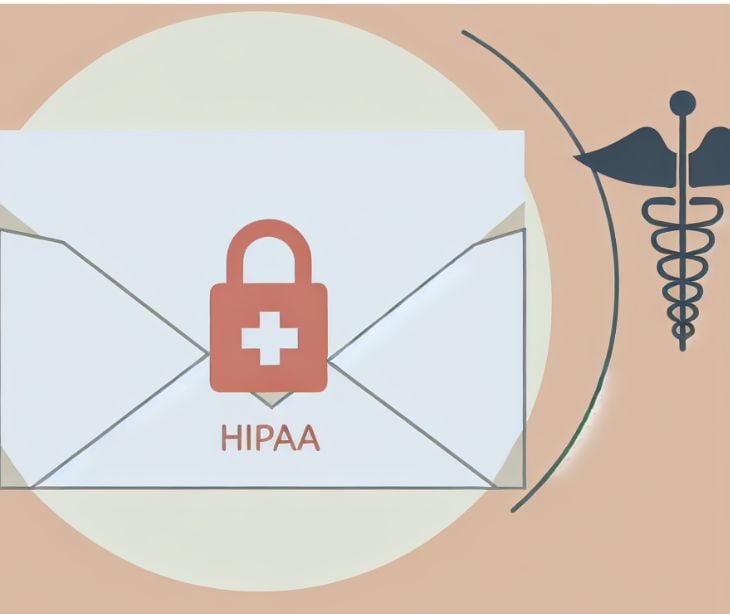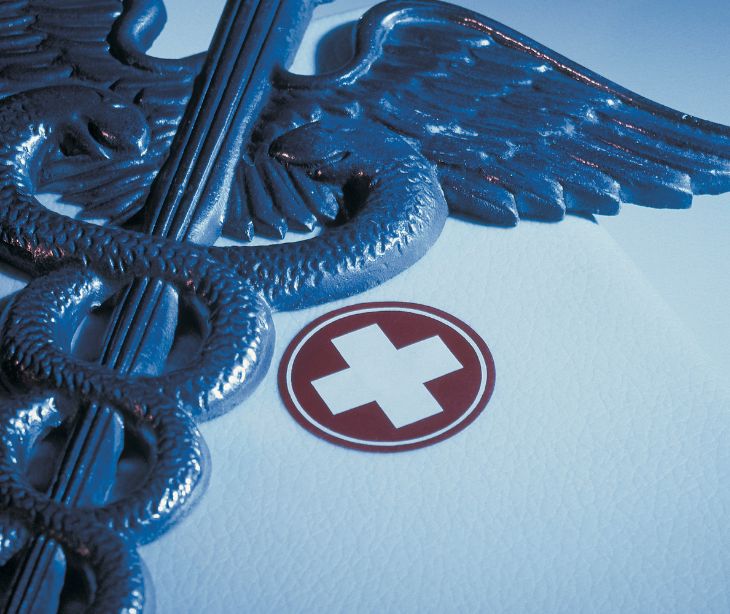2 min read
How to ensure the standard of integrity is upheld in email
Kirsten Peremore
September 14, 2023

Integrating the integrity standard into email policies ensures the secure and compliant transmission of electronic protected health information ( ePHI).
The HIPAA Technical Standard and email
The HIPAA Technical Standard concerning email security safeguards ePHI within healthcare organizations. This standard underscores the significance of implementing policies and procedures to ensure the confidentiality and availability of ePHI during electronic communication. They also guide the implementation of access controls, audit trails, and intrusion detection systems to prevent unauthorized access and monitor email activity for potential breaches.
See also: HIPAA Compliant Email: The Definitive Guide
The standard of integrity within email
The standard of integrity within email, as per the HIPAA Security Rule, is a fundamental aspect of ensuring the protection of ePHI during its transmission via email. Integrity, in this context, refers to the property that ePHI must not be altered or destroyed in an unauthorized manner while being sent or received through email communications.
To comply with the integrity standard, healthcare organizations must establish comprehensive policies and procedures specifically aimed at preserving the accuracy and unaltered state of ePHI when it is exchanged electronically via email. The goal is to prevent unauthorized modifications or deletions of sensitive health information that could lead to clinical quality issues and patient safety concerns.
See also: The role of administrative safeguards in email
How to integrate the standard into email policies
Conduct a risk analysis
Begin by conducting a comprehensive risk analysis specific to email communications. Identify potential vulnerabilities and threats that could compromise the integrity of ePHI during transmission.
Security measures
The selection and implementation of electronic mechanisms should be based on the findings of the risk analysis. This could involve measures such as checksum verification or digital signatures, which are capable of confirming the authenticity and integrity of ePHI within email messages.
Human and non-human threats
Healthcare organizations should recognize that threats to data integrity can come from both human and non-human sources. While employees or business associates may accidentally or intentionally modify ePHI in emails, electronic media errors or failures can also result in data alterations. Policies and procedures must address these various threat vectors comprehensively.
Identify appropriate electronic mechanisms
Based on the risk analysis findings, determine which electronic mechanisms are suitable for verifying the integrity of ePHI in email messages. Consider options such as checksum verification, digital signatures, or other cryptographic methods.
Develop email policies and procedures
Create clear and well-documented email policies and procedures that address the protection of ePHI integrity. These policies should define how ePHI should be handled within email communications and incorporate the chosen electronic mechanisms.
Implementation of electronic mechanisms
Implement the selected electronic mechanisms within the email system. This may involve configuring email servers and clients to support data integrity measures such as digital signatures or encryption.
See also: How physical safeguards can help in securing email communication
Subscribe to Paubox Weekly
Every Friday we'll bring you the most important news from Paubox. Our aim is to make you smarter, faster.



